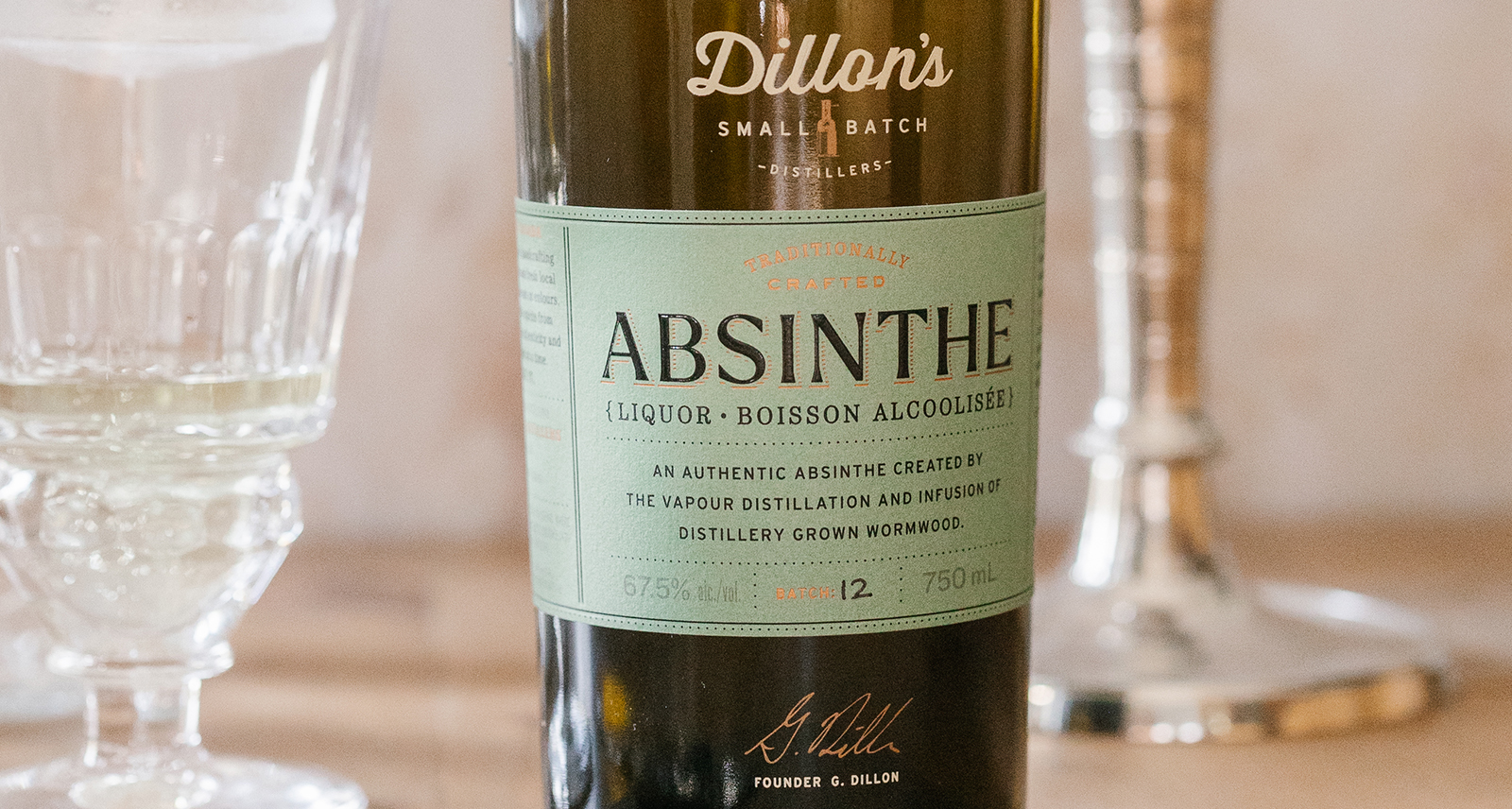The Rebirth of the Absinthe Swiller
Absinthe is officially the most maligned spirit in history, after being subject to a smear campaign spear-headed by the wine industry. A blanket ban of the green stuff throughout the United States and a vast number of European countries, including France, was in effect for over 100 years due to some O.G. fake news. However Absinthe has been back on the scene for over a decade and, if the amount of Corpse Reviver #2s gracing popular cocktail menus alone is anything to go by, it is firmly having another moment in the sun.
Absinthe can claim a heritage in so far back as the bible itself, which is ironic for a spirit so closely associated with Monsieur Beelzebub. Wormwood, absinthe’s main botanical squeeze, has been used in medicinal spirit-based drinks for literal millennia, although absinthe as we know and love it today became “a thing” in 1800s Switzerland as a remedy to light ailments such as jaundice and bad breath.
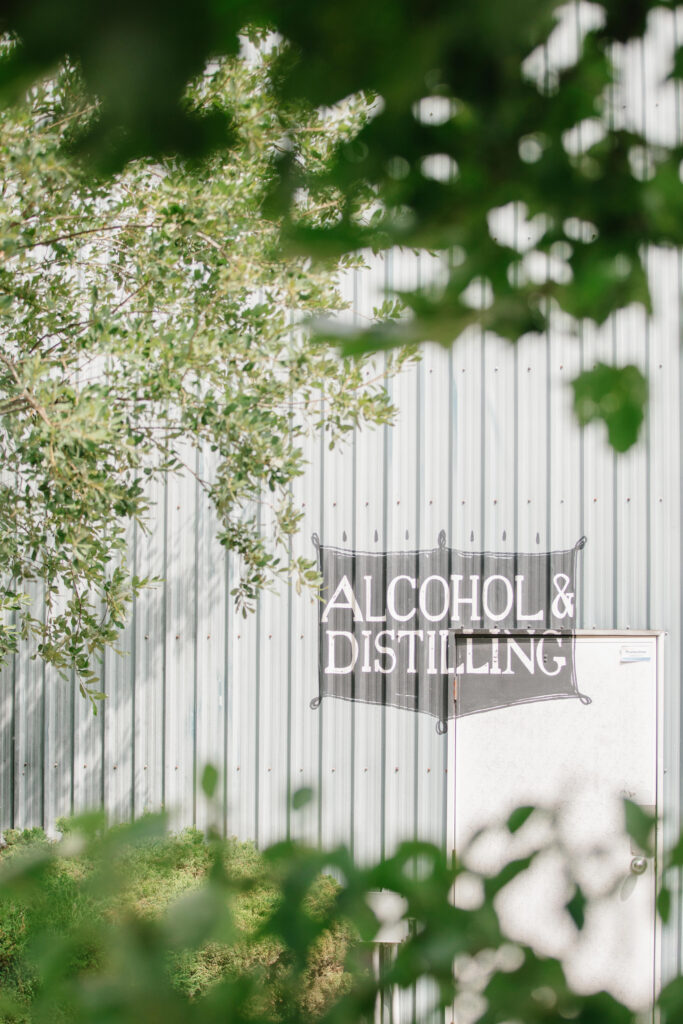
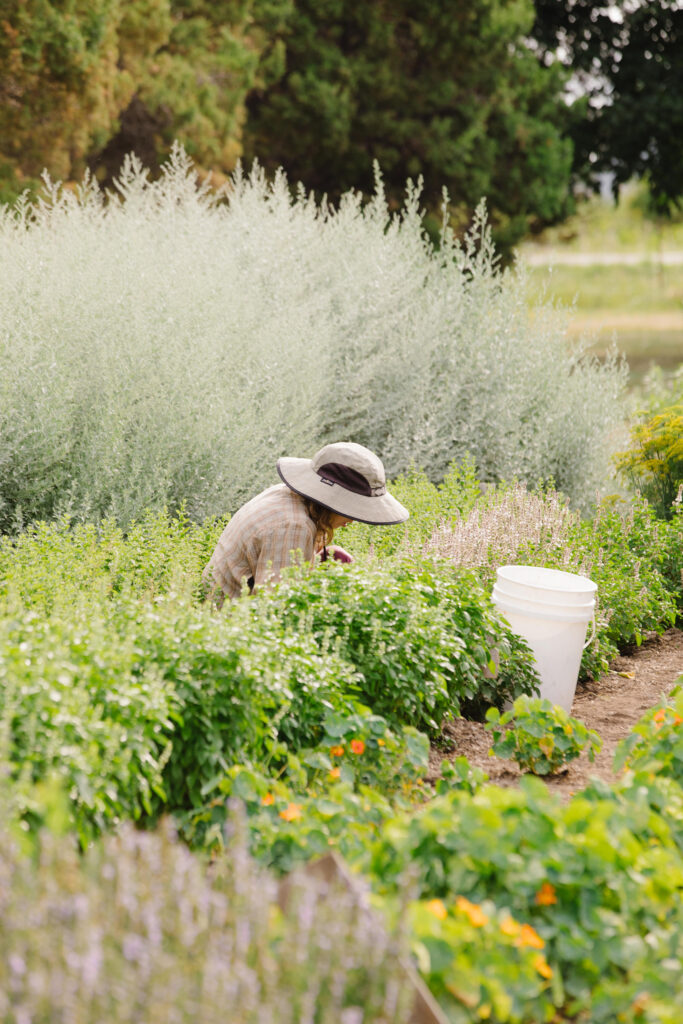
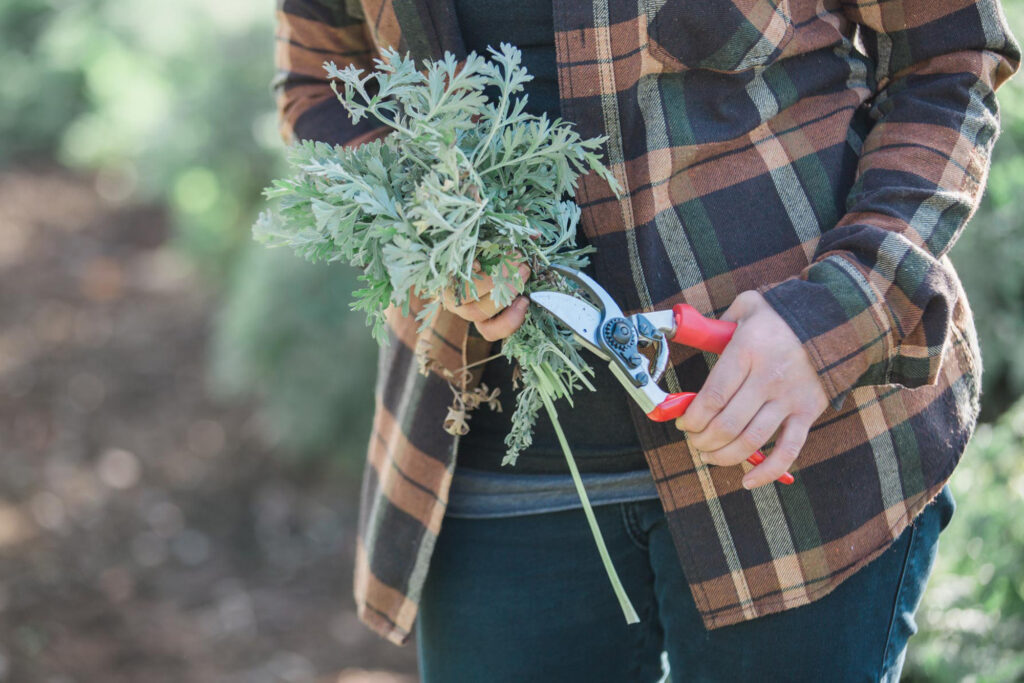
How did it become the artiste sip o’choice? Colonialism, that’s how. Grim. During the Algerian War, the French government slipped their soldiers healthy doses of absinthe to fight dystentery and malaria. Soldiers loved it so much, they brought it back to France, where it became the sip-du-jour around the exact same time the battered wine industry was recovering from the near devastating phylloxera grape blight. Van Gogh and a one Oscar Wilde were having a lovely old time getting creatively loose with the Green Fairy when the Bacchus Brigade got a little jealous that, what was once a wine swilling nation, was filling its cup with absinthe instead. Along with abstainists, the wine industry spearheaded a smear campaign to align the spirit with the devil. They claimed thujone — a chemical compound found in wormwood — drove drinkers crazy, which could be true if one could get enough of it from drinking absinthe, which they absolutely cannot. But, yes, if a gung-ho imbiber had a liver of steel that miraculously survived the inevitable poisoning that would come from drinking THAT much high ABV liquor, the thujone would be problematic. The jury is still out on that whole hotline to the devil thing.
France only lifted their absinthe ban in 2011 (the U.S were ahead of the curve in 2007), but the last decade has seen absinthe sales booming globally. While Canada never officially banned La Fée Verte, it was hard to procure, and seldom sold. Now, amid the resurgence, producers such as Dillion’s Small Batch Distillery are proffering up bottles of the good stuff to avid fans.
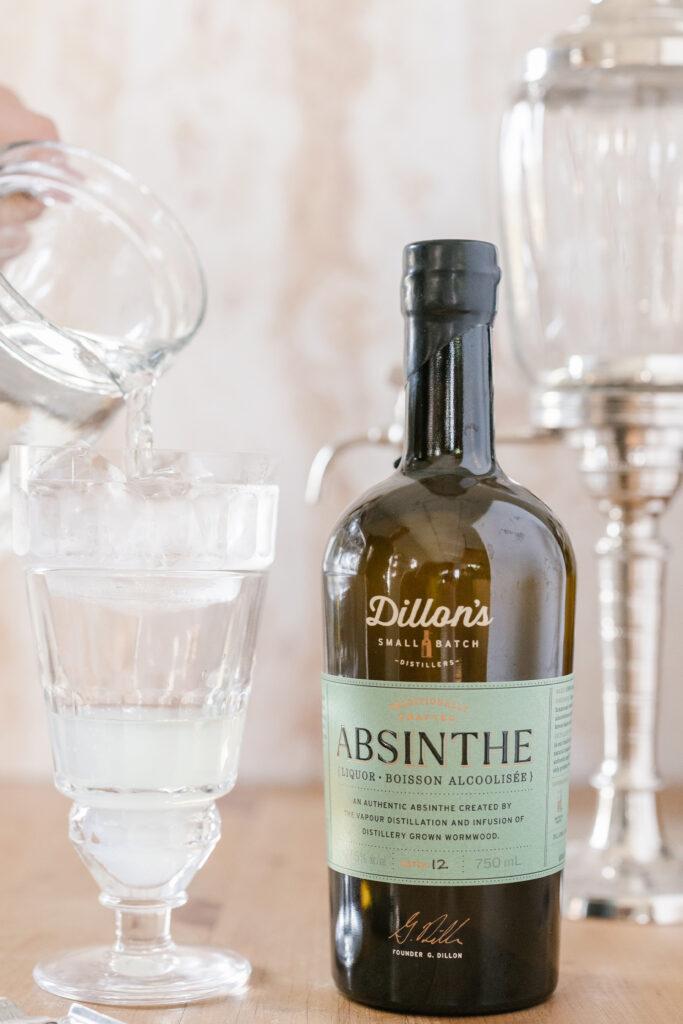
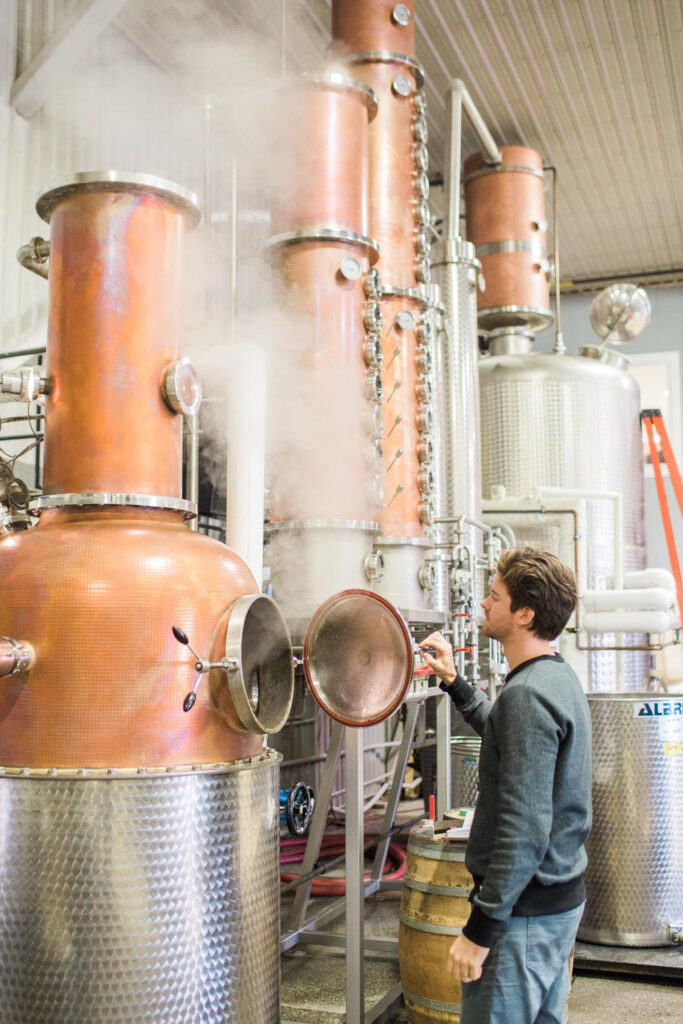
So why absinthe? Well, alongside its compelling bad boy history, drinkers are becoming more and more enamoured with robust flavours and unique offerings from craft distillers.
Speaking of colour, watch out for absinthe “fakes”. While there is no official definition as to how “real” absinthe is made, it is born out of a grape based spirit and three key ingredients: the much maligned wormwood, fennel and anise. The green colour usually comes from maceration with chlorophyll filled herbs like nettle and mint. Some producers will slip additional colouring in to reinforce that iconic hue.
The Corpse Reviver #2 contains just a very light absinthe wash, which is enough to impart plenty of liquorice flavour to a cocktail, but true absinthe imbibers love to ceremoniously sip the spirit as part of a sacred ritual that can vary from country to country. The most popular method is to lay a spoon topped with a flaming sugar cube across a shot glass containing an ounce of absinthe. As the sugar starts to caramelize, cold water is dripped over it from an ornate pitcher, diluting the notoriously high proof sip. Imbibers then toast their creative muse of choice. Santé! And thus, the era of the absinthe swiller has been reborn.
